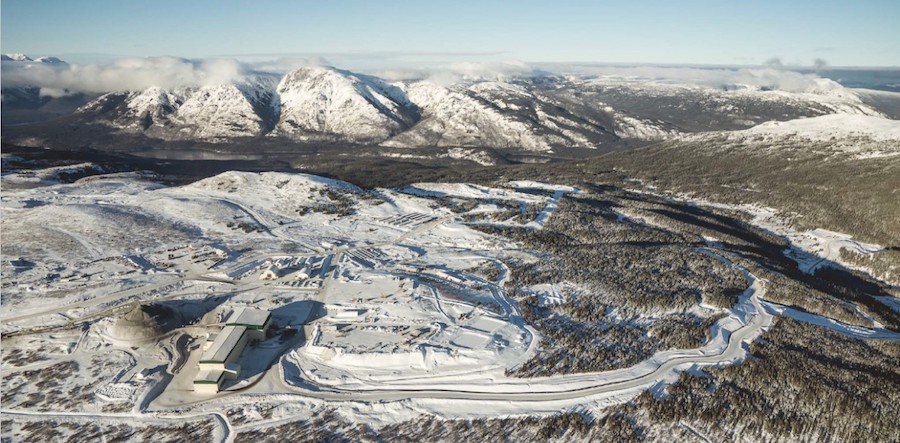
Imperial Metals’ (TSX:III) stock rocketed 62% last week over a two-day period on the news that Australia’s Newcrest Mining (ASX:NCM) was taking a $1.1 billion stake in the company’s Red Chris copper-gold mine – a price that has shocked investors and observers.
The copper-gold mining company’s stock shot from C$1.98 per share on March 8 to $3.20 per share on March 11. On Wednesday it was trading at $3.19.
The Newcrest deal is pretty much good all around for Imperial Metals and B.C., said Rick Rule, president of Sprott U.S. Holdings.
“This company was going to belong to the banks, unless Murray Edwards pulled a rabbit out of the hat, which he did” — Sprott U.S. Holdings
Rule admitted he was “flabbergasted” at the price Newcrest is paying for its stake in Red Chris.
“This company was going to belong to the banks, unless Murray Edwards pulled a rabbit out of the hat, which he did,” Rule said, referring to the company’s largest shareholder.
To put the price Newcrest is paying in perspective, the capital cost to build Red Chris was roughly $500 million. So why would Newcrest pay twice that amount for a 70% stake?
Rule suspects Newcrest thinks there is huge potential to tap Red Chris copper and gold deposits through a technique that Newcrest has expertise in – block cave mining. Newcrest has likened Red Chris to its Cadia mine in Australia.
Imperial Metals has floundered financially recently. A tailings pond collapse at its Mount Polley mine in 2014 cost the company $67 million in cleanup costs, not to mention lost production.
READ ALSO: Newcrest grabs majority stake in Canadian copper-gold mine
Mount Polley reopened in 2016, but in January of this year, Imperial announced it was again shutting the mine, citing low copper prices, and announced it would try to sell some or all of its assets.
Imperial recorded a net loss of $81 million for the nine-month period ending September 30, 2018. The Newcrest investment will help repair the company’s balance sheet.
“Imperial got kissed and made better all at once,” Rule said.
Imperial recorded a net loss of $81 million for the nine-month period ending September 30, 2018. The Newcrest investment will help repair the company’s balance sheet
Imperial also owns the Huckleberry mine, which has been shut down since 2016. Red Chris, Imperial’s flagship property, is currently its only producing mine.
“We believe that this joint venture partnership will enable Imperial to unlock significant value at Red Chris by leveraging Newcrest’s unique technical expertise in block caving operations,” Imperial Metals CEO Bryan Kynoch said in a news release.
Block cave mining, which has not been used extensively in B.C., has high upfront costs, compared with conventional underground mining. Over the long term, however, it extracts ore more efficiently.
Chad Norman Day, president of the Tahltan Central Government, which is heavily involved in the area’s mining activities, said he’s encouraged by the recent joint venture announcement.
“Newcrest has assured me that they are excited to acquire their first Canadian project and will begin working closely with the Tahltan Nation,” he said in an email to Business in Vancouver.
Once the new joint venture goes through, Imperial will receive just 30% of the revenue from Red Chris.
Whether Imperial plans to use the cash it is getting from Newcrest to restart Mount Polley, or will continue to divest, remains to be seen. The company did not return calls to Business in Vancouver.
“I think that Mount Polley will ultimately be restarted,” Rule said. “There’s going to be some challenges with that pit failure [at Mount Polley], and there should be. But it’s a deposit that still has reasonable mineralization and lots and lots of sunk costs. There’s also very good infrastructure in that region and a labour force that’s familiar not just with mining, but mining that deposit.
“This will give Imperial the fiscal flexibility that they will be able to consider that.”
The Newcrest investment is the latest in a wave of joint ventures, mergers and acquisitions in the mining industry. Many mining majors have reduced their exploration spending over the last decade, Rule said, and are now eager to snap up producing mines or development projects.